Attractive but Dangerous Cuteness
We automatically respond to babies both human and otherwise. We would probably not have reacted so forcefully against the fur industry if baby fur seals were not so cute. However, while such cuteness has no moral dimension, it is not always benign.
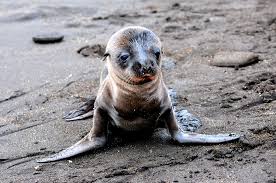
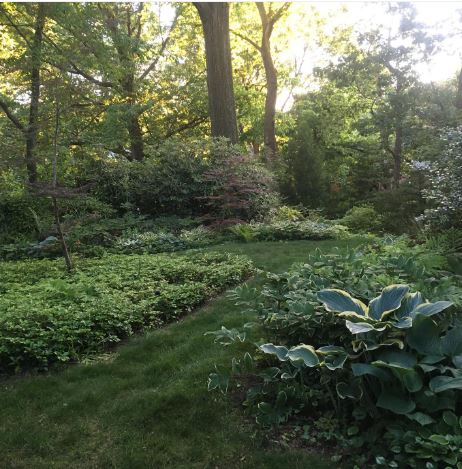
As many of you may realize, I garden and after so many years, I am delighted with many of the flower beds that I have succeeded in establishing
. Approximately three years ago, we began to see the occasional rabbit. For gardeners this is not a good thing. Rabbits do two things – they eat voraciously and they procreate. Now I am seeing four rabbits regularly and I am finding destruction everywhere.
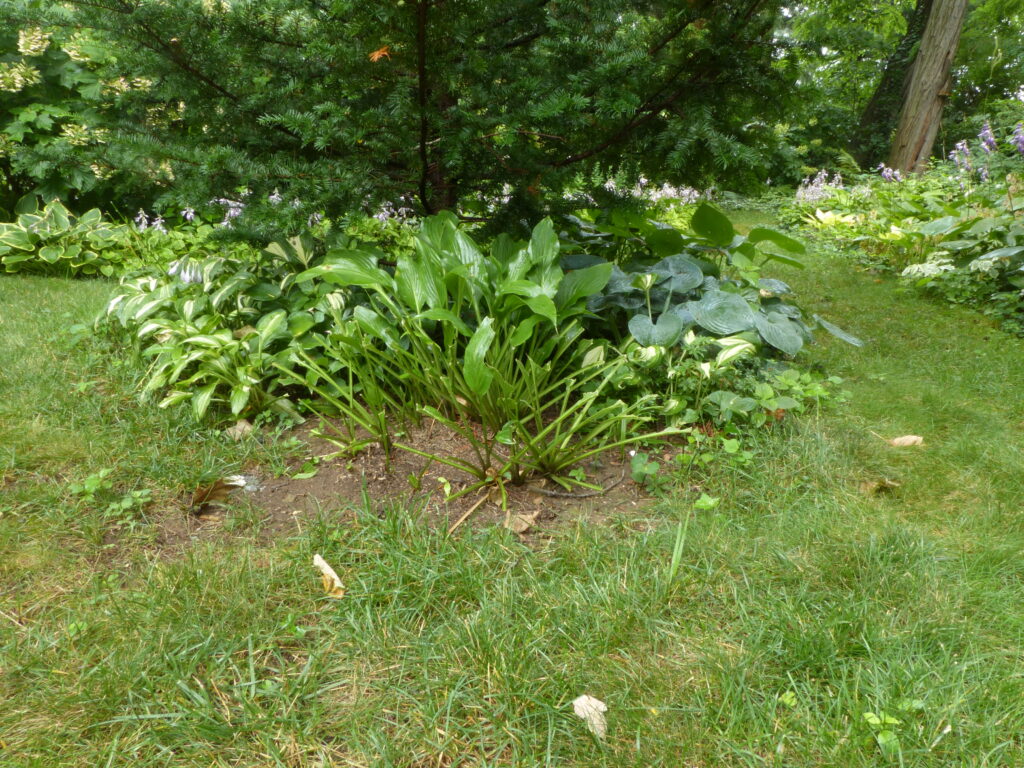
Rabbit Control
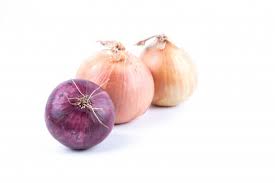
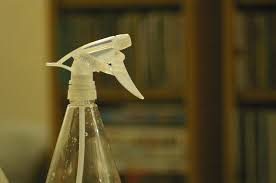
You would think that there are effective methods to deal with rabbits. Yes, there are many businesses and online posts with suggestions. There are rabbit repellents sold at all nurseries. Useless. The online suggestions, equally so. The claim is that they have sensitive noses and find many scents off-putting. I have tried several. My favorite debacle was onion juice which you can prepare yourself using an onion, water and a food processer. I made up a large amount, poured it into a spray bottle and went along the beds, spraying away. Immediately, I saw a small rabbit munching on a leaf I had just sprayed. Maybe I had just created a rabbit’s idea of salad!
Then there is the HavaHart traps for live capture. I tried that also. There are only two problems with this method. First, it cannot discriminate between the animals it will trap. The first animal I captured was a huge and very agitated raccoon. Next, I caught a squirrel. What if I caught a skunk!
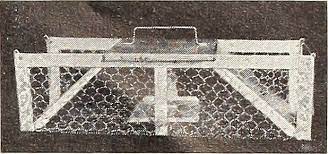
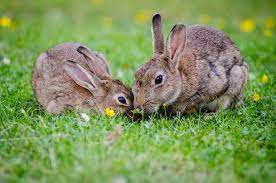
The second problem relates to the first. How do you entice a rabbit to enter the trap when there are all those other delicious plants for it to eat! Despite growing up on tales of rabbits eating carrots, they simply love grass
. In addition, I have found the remains of lily plants, black-eyed Susans, autumn sedum, liatris and hostas, eaten completely or partially.
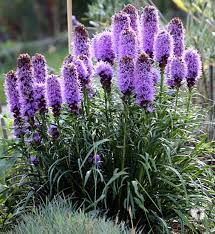
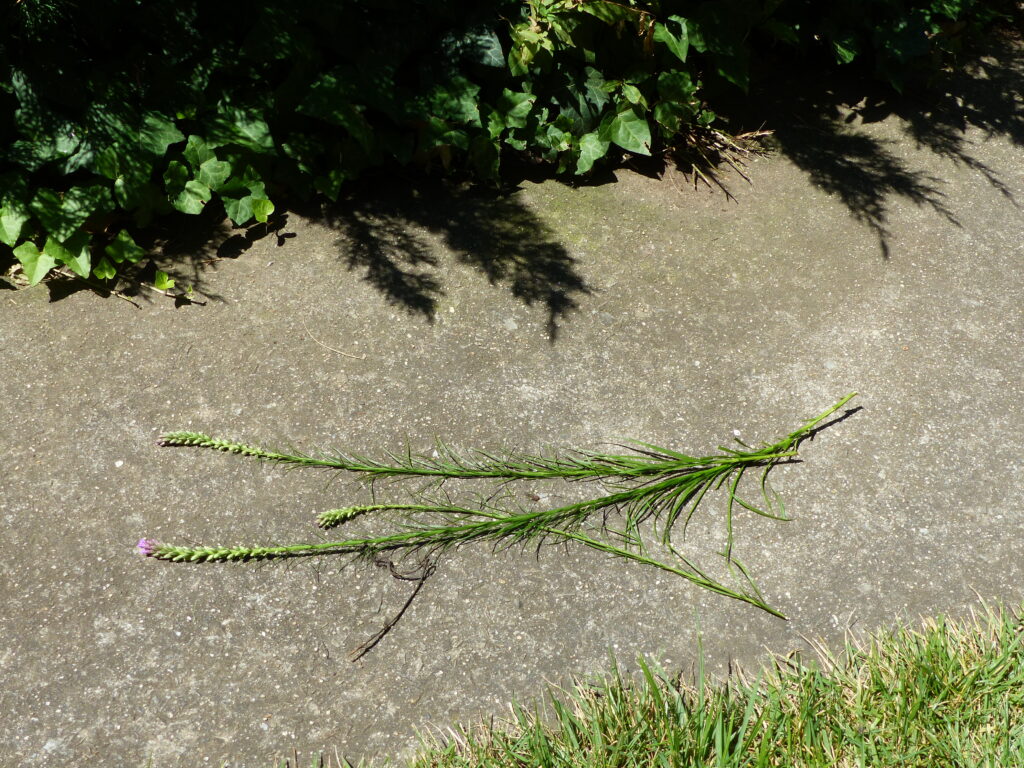
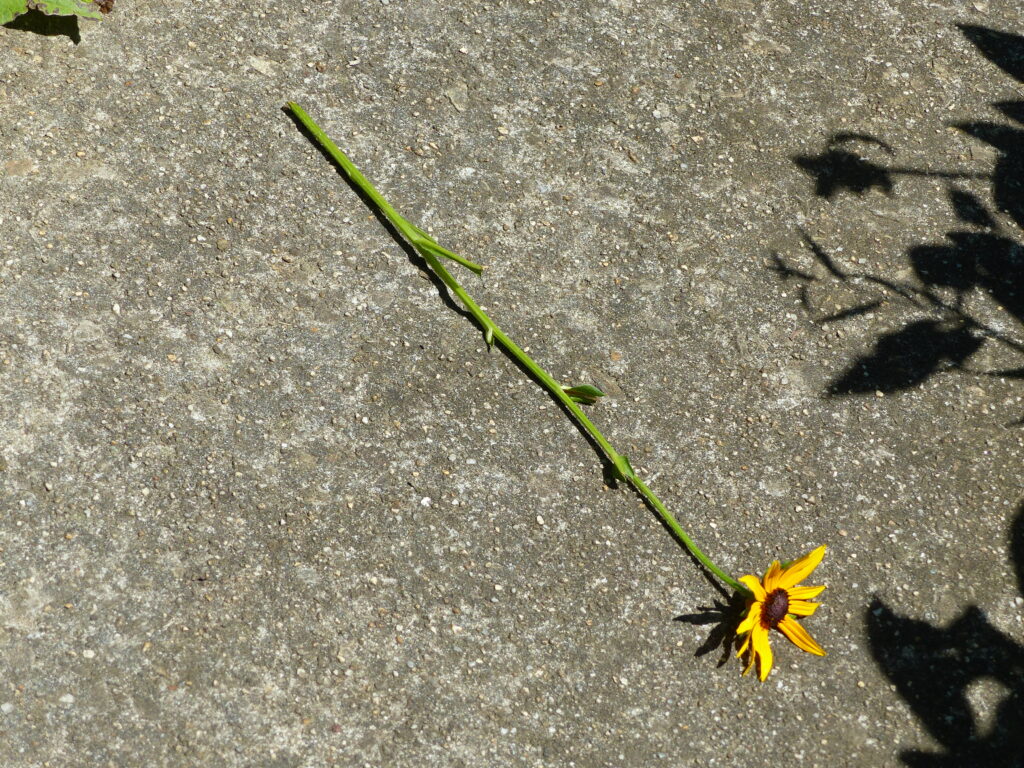
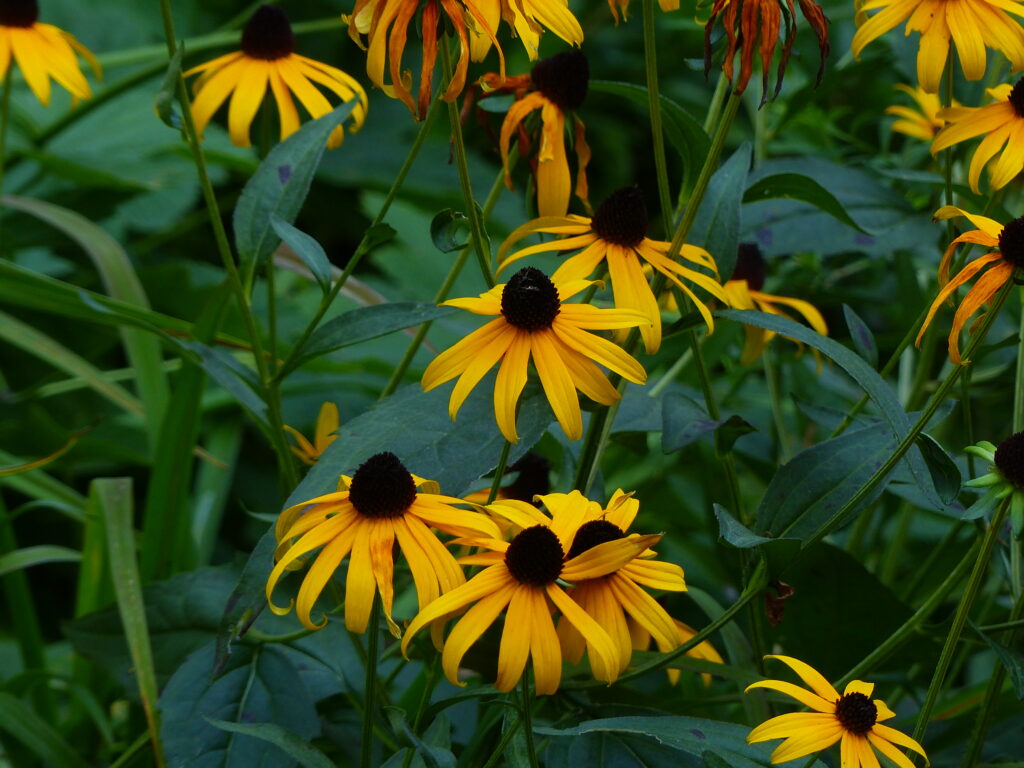
Perhaps the most disheartening aspect of the whole mess is when I lament to some friend about the garden destruction and the response is, “Aw. They are so cute!”
Ecology is a Balancing Game
For those who think that there should be a give-and-take with all wildlife, things are never as simple as we would like. In a balanced ecology, herbivores are kept in check by predators. And while we find it distasteful to watch one animal chase down and devour another, it is important to understand that allowing unchecked population of herbivores no matter how cute leads to overgrazing. This in turn causes soil erosion because too many plants are eaten and destroyed. Eventually this leads to mass starvation of said cute herbivore. Along the way, this overgrazing and habitat destruction also has a tremendous negative impact on agriculture.
Australia is a Wonderful Case Study
In 1859 Thomas Austin had 13 rabbits (Oryctolagus cuniculus) sent to him so that he could indulge in hunting. After 50 years the offspring of these rabbits had spread all across the continent. This has led not only to the expected negative consequences to agriculture but also has led to the decline of native plant and animal species.
As of this time the only serious avenue of control in Australia is the use of two viruses which kill large numbers of infected rabbits – myxomatosis and rabbit hemorrhagic disease virus (RHDV).
Whereas this approach seems cruel, it is necessary in order to protect many global ecological niches as well as agriculture which feeds world’s populations.

If you have enjoyed this piece, you may be interested in my book, A Habit of Seeing: Journeys in Natural Science.
I understand the essay here. But I have seen rabbits suffering with myxomatosis while on a hiking vacation in about 10 years ago
in the beautiful English countryside. It is a horrific memory and one I will keep for the rest of my life. A horribly blinded rabbit that will starve to death.
There needs to be a better way to solve this.
As you read, there are a large number of “solutions” none of which work. This morning I went out and a shrub seedling that I have been nurturing for two years was bitten off at the root line and destroyed. When someone comes up with a good solution, I will also be interested.
When I was Ecology Club advisor at PCHS, we occasionally had camping nights with parents doing the cooking. It was there that I first tasted rabbit. If U can’t beat ’em; EAT ‘EM”